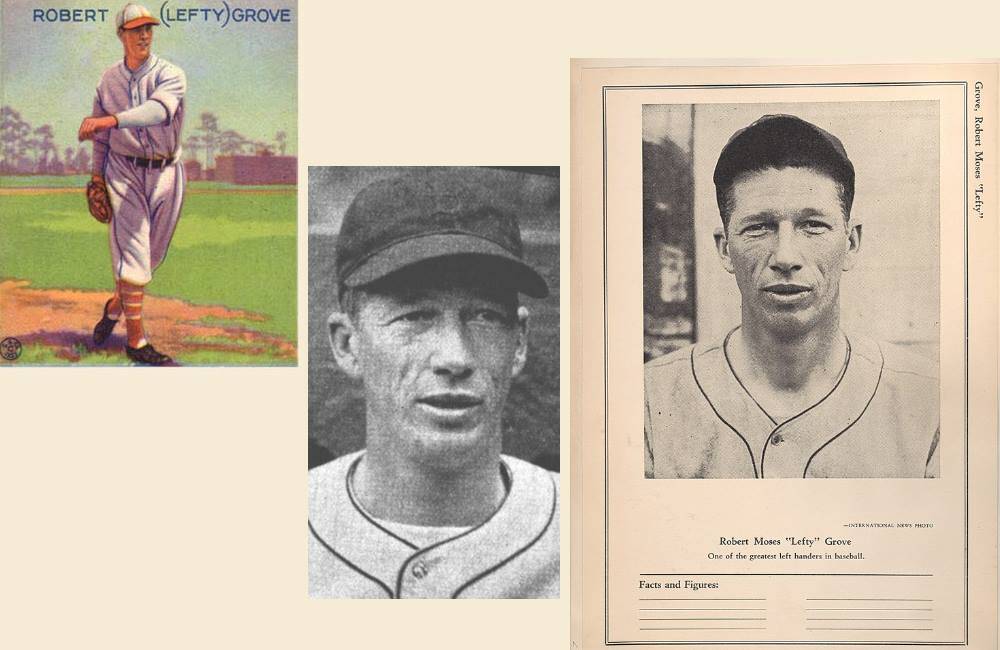For students of the game, Lefty Grove is one of the most respected pitchers of all time. His domination of the game even though he came to it late – not reaching the majors until he was 25 – make him a standout player even among the game’s greatest pitchers.
Grove played for 17 years. He pitched from 1925 to 1933 with the Philadelphia Athletics and from 1934 to 1941 with the Boston Red Sox.
Highlights from his career include the following.
- He won 300 games
- He led the American League in strikeouts for his first seven seasons
- He led the American League in ERA in nine seasons
- He won at least 20 games in eight seasons, including 31 in 1931
- In 1930 and 1931, he led the American League in strikeouts, ERA and wins
- His .680 winning percentage is the highest of all pitchers with at least 300 wins
Grove deserves his place among the pitching legends in the game. His roots, like so many players from his era, were humble.
Lefty Grove Early Life
Robert Grove was born in 1900 in Lonaconing, Maryland. Lonaconing was a mining town, but Grove quit after just two weeks of working in the mines, saying “I didn’t put that coal in here, and I hope I don’t have to take no more of her out.”
After that, he drifted in and out of various other jobs. In his free time, he would play a sort of makeshift baseball using corks wrapped in socks and tape as balls and fence pickets as bats. He didn’t begin officially playing baseball until he was 19.
Early Baseball Career
In 1920, Lefty Grove debuted as a pitcher for the Martinsburg Mountaineers, a team in the Blue Ridge League. His performance was outstanding, attracting the attention of Jack Dunn, Sr., the owner and manager of the Baltimore Orioles, a minor league team, and the same man who discovered Babe Ruth.
He bought Grove from the Mountaineers for the cash it took to cover the price of a much-needed fence around their field. Grove later said that he was “the only player ever traded for a fence.”
There was no minor league draft in the 1920s, so minor league teams could hold onto their players for as long as they wanted. Dunn was unwilling to trade Grove to a major league team, refusing several offers. Grove pitched for the Orioles for five seasons. He finally traded him to the Philadelphia Athletics for $100,600, the highest amount ever paid for a player at the time.
Major League Career
Despite his poor performance at first, Grove went on to become the league’s top pitcher, being elected MVP in 1931. In three consecutive seasons, 1929 to 1931, the Athletics won the American League pennant and won the World Series in 1929 and 1930. However, he was traded to the Boston Red Sox in December 1933.
Just as with the Athletics, Grove’s performance was poor at first due to an arm injury. However, by the next season, he had recovered and went on a streak of outstanding records. He retired in 1941 after losing his last three games.
After Baseball
Grove returned to Lonaconing after his retirement where he would often coach young local teams, even sending two kids through college. He also experienced many of the financial problems that often plague ex-athletes, but remained a colorful figure in baseball, including his appearances at Cooperstown.
He was elected to the National Baseball Hall of Fame in 1947, his first year of eligibility. He died in 1975 at his daughter-in-law’s home in Norwalk, Ohio, aged 75.


Leave A Comment